Building homes, the natural way
This architect couple is on a journey to revive, document and promote the traditional ways of constructing natural buildings, through their Thannal Natural Homes initiative in Tiruvannamalai, Tamil Nadu.
This architect couple is on a journey to revive, document and promote the traditional ways of constructing natural buildings, through their Thannal Natural Homes initiative in Tiruvannamalai, Tamil Nadu.
“The use of concrete in building construction started getting popular in India around 70 years back. Before that only natural material was used,” says architect Biju Bhaskar, the founder of Thannal Natural Homes, an initiative that promotes sustainable architecture. Based in Tiruvannamalai in Tamil Nadu, Bhaskar now spreads awareness about traditional building methods.
“For the last few decades, we have been seeing a monoculture of cement,” Bhaskar said. “And that’s why we began our practice of preserving and practising alternate and natural ways of building,” he added, pointing out that mud homes or ancient structures like temples or palaces that were built hundreds of years ago are still standing after facing many natural calamities like earthquakes or floods.
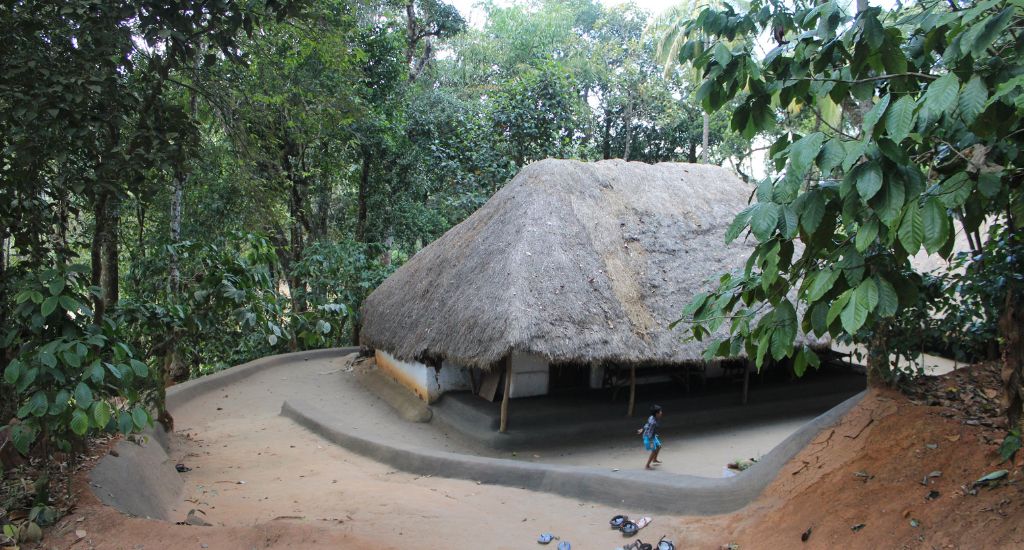
‘Thannal’ means shade in Malayalam, and that is what Bhaskar and his wife Sindhu had in mind when they set out on a journey to study and document traditional building methods in India. A dropout from the School of Architecture at Manipal Institute of Technology, Bhaskar never achieved the satisfaction of studying building in a classroom.
“Theory is limiting when it comes to learning how to build. One needs to be outdoors,” he said. This was in 1992-93 and he left the programme to travel across villages in India.
Inspiration came to him in the form of a sculptor at Khajuraho in Madhya Pradesh. Bhaskar decided to stay with him. But more than sculpting, he became introduced to a way of life and primarily to the beauty of mud as a material.
Bhaskar began sculpting with the artisan because he wanted to learn architecture through art. In the same village, Bhaskar noticed a couple building mud houses together. He found it fascinating as this was something academics hadn’t exposed him to.
Also Read: Mud houses that help keep the cool
“I realised that a small building can be made by two people and that a couple can build their own home,” he said.
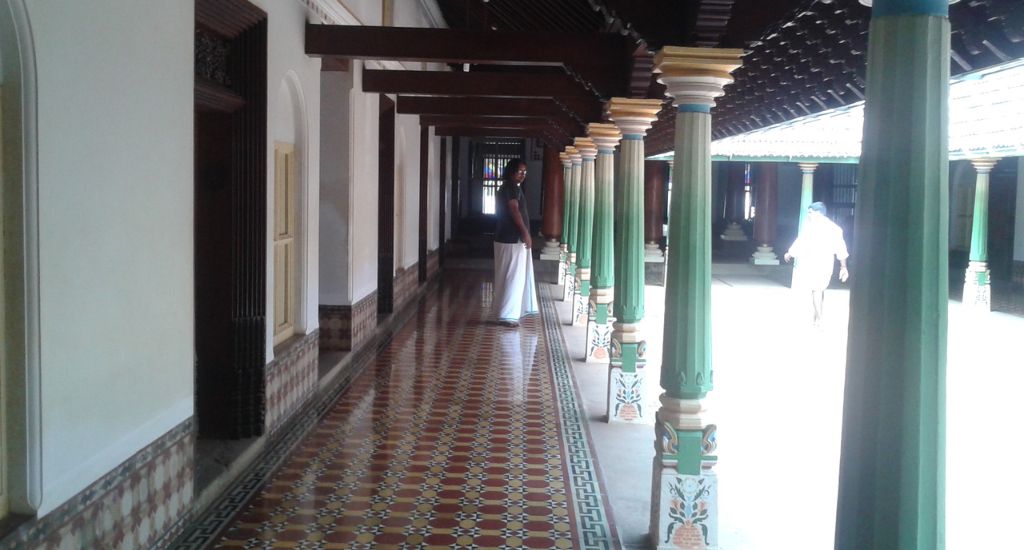
But wanting to continue his studies, he returned to his native place in Kerala and enrolled in the Indian Institute of Architecture. The course allowed him to travel for six months in a year and that is when his real journey of studying natural buildings began.
“Villages make me happy. But even in villages, I found very few buildings that were not made of cement,” Bhaskar recounted.
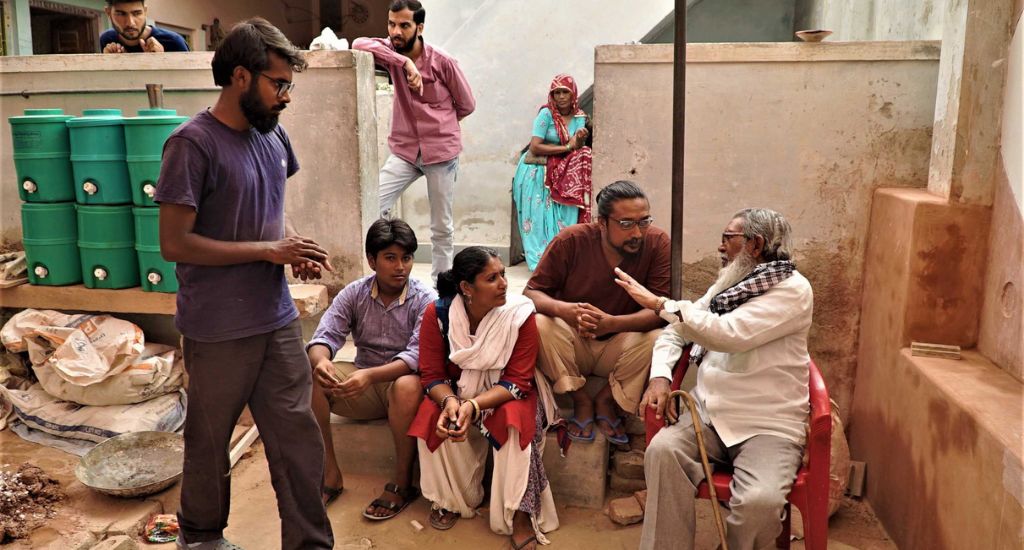
At this point Sindhu and their two sons — Adi and Bodi Vriksha – joined him on his travels to different villages. They met local masons who were trained in using natural materials, and learnt the basics from them. They travelled for four years across Rajasthan, working with masons skilled in doing the araish plaster work that uses lime and marble, as well as the lohi and thapi plastering techniques.
They then put these into practice at their home in Tiruvannamalai.
“But still there is so much more to document across this country,” Bhaskar said, adding that a big challenge they face now is that most of the master masons and craftsmen that worked on traditional buildings are mostly in their 80s or 90s and may not be around in the coming years.
Also Read: Sustainable roofs make houses in informal settlements cooler during summer
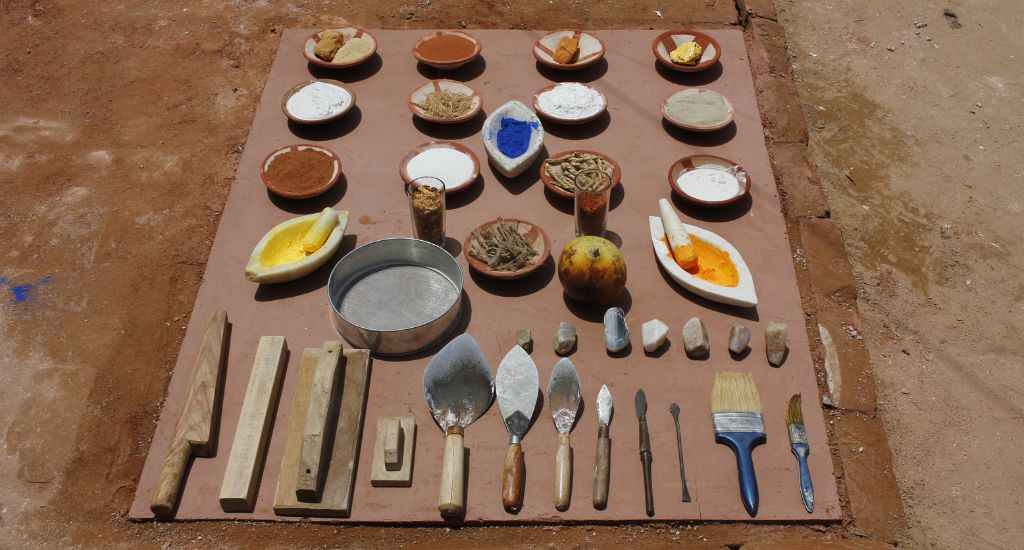
The turning point came for the couple when they were introduced to lime as a building material. Lime, locally known as choona, is calcium oxide derived from deposits of limestone or calcium carbonate, or from the shells of marine creatures. Also known as quicklime, it was used for building structures across the world, from the pyramids of Egypt to many forts and palaces of Rajasthan. Across Indian villages it has been traditionally used along with mud as mortar, a job that cement does today.
“This beautiful material gave us a lot of courage, and we began to experiment more in constructing natural buildings,” Bhaskar said.
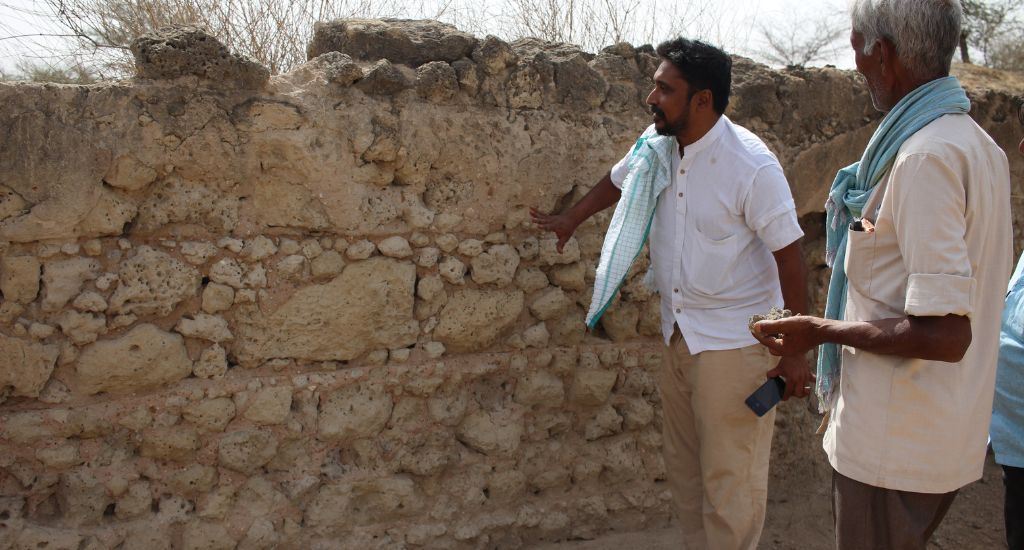
Most villages in earlier times had lime kilns from where lime could be procured for construction. But with the advent of cement, the availability of lime has become less, as it is the key ingredient in manufacturing cement.
“Lime can be used for roofing, flooring, plastering and as a mortar. In Sardarshahar in Rajasthan we saw an entire building made with limestone,” said Bhaskar. “You can see the same method at Karaikal in Tamil Nadu. So there was a connection between methods across the country.”
Over the course of their travel the couple has explored many animal and plant derivatives that can be used for construction.
“The roots, bark, leaves, stems, many grasses, fruits, pulps or seeds can be used in different ways in construction either as adhesives, additives or for termite repellent solutions. This traditional knowledge is slowly fading away because it remains undocumented,” Bhaskar said.
Also Read: Kerala village breaks new ground in sustainable living
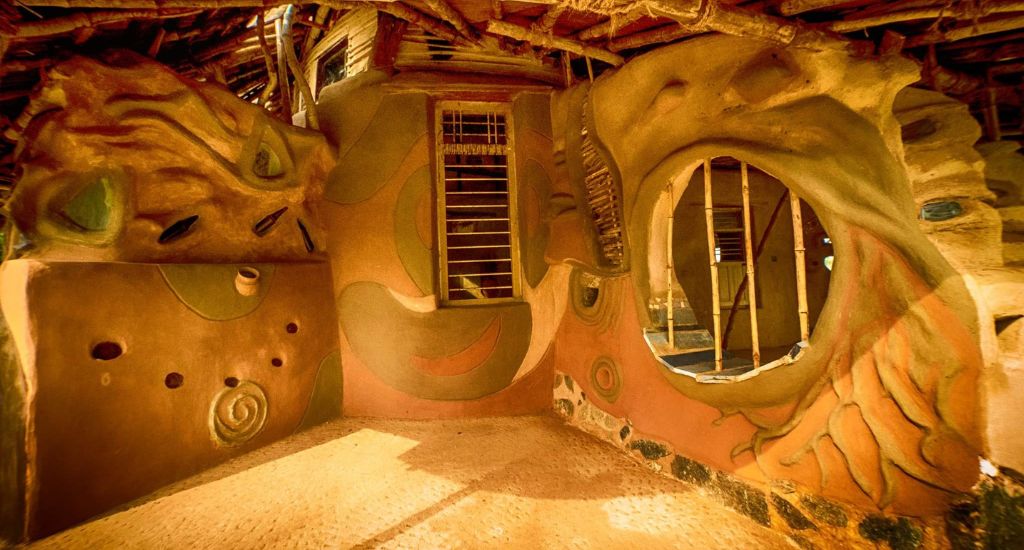
The Thannal campus has been made without using a single drop of cement. Bhaskar and Sindhu now hold workshops to share the knowledge they have gained. From civil engineers and architects to filmmakers, businesspersons and students, people from across segments visit Thannal to learn about alternative building methods at their hands-on workshops. The course covers everything from foundation and roofing to plastering and even rainwater harvesting, besides different building techniques with mud, like cob (monolithic mud homes), wattle and daub and adobe (mud bricks).
“For the last 15 years or so we have been noticing the trend of reverse migration. Many people are moving back to villages to live a simple, healthy life,” he said.
Ask Bhaskar whether these small steps will make an impact and drive people towards eco homes, and he sounds optimistic.
“If you take any district in India today, you will find at least one natural or organic farmer, which wasn’t the case a few years ago,” he said. “So, I think there will be at least one natural builder in every district in the coming years.”
Also Read: Eco-friendly sanitation wins proponent civilian award
The lead image shows a farmer’s home designed by Biju Bhaskar in Attapadi, Kerala.
Novita Singh is the Associate Director for Video at Village Square. The writer would like to thank CR Dharan for his help with the story.